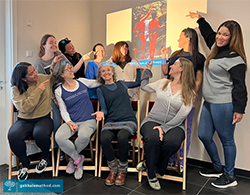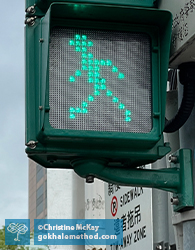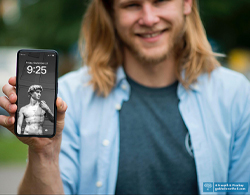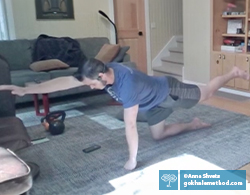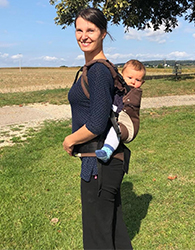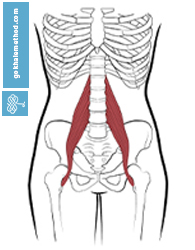Next time you are in the dentist chair, spare a thought for your dentist’s posture and the postural demands of their job. Doing dental procedures shares many challenges with other surgical procedures, such as having to maintain a steady position for long periods, maintain a clear line of vision, and hold and manipulate tools with precision. Working in the oral cavity of a conscious patient is a pretty significant challenge.
Get Updates on the Latest Blog Posts
The best art often communicates on many levels. The Walking Men 99™ exhibit is a great example. It consisted of a frieze of pedestrian crossing icons, photographed and assembled from around the world. At human scale, they mingled with passersby on the sidewalk.
Yes, you read that correctly. Not only do you not need to damage your neck every time you use your cell phone, but instead, you could be improving it!
Most of us use our cell phones quite frequently. If you train yourself to adopt a healthy stance every time you use your phone, you will have a built-in posture practice that repeats throughout your day.
Have you been taught cobra pose or locust pose to strengthen your back? It is a common practice to try to strengthen the back with back bends, focusing on the long back extensors on either side of the spine. This approach is used by the McKenzie Method, many yoga teachers, and physical therapists.
In the Gokhale Method® we prefer to strengthen the back by working with the muscles which collectively stabilize the trunk. Our focus is on maintaining a healthy J-spine baseline rather than backbending.
You’ve tweaked your back. It may be a stabbing pain that catches with certain movements, it may be that you cannot straighten up, or maybe it’s an electrical, nervy sensation in your buttock.
It is not uncommon for students to show up at our courses aware they have lost several inches of height since their youth. In our culture it is a widely held expectation that you grow up, and then, at some point in later life, start getting shorter again. We all see friends, neighbors, or family members who are on the downward run of this trajectory, and it is virtually common lore that you will “shrink” or stoop in later years.
As we approach International Women’s Day on March 8, I would like to share a few observations regarding gender and health made over the past three decades of teaching posture.
Does gender affect back pain?
Back pain and the posture distortions behind it are very democratic—people of all ages, activity levels, geographic locations, and gender are affected by cultural postural distortions. That said, some modern posture guidelines and expectations are gender-specific, and some of them affect women disproportionately. We will discuss posture guidelines for men another time. In this post, I’d like to address some of the messaging that is relentlessly addressed towards women and girls, and the consequences of this messaging.
Travel is part of our Gokhale Method® DNA—the method arose and developed through study of foreign cultures (including ancestral cultures), and remains informed by images, videos, statistics, and other data from pain-free and remarkably functional human beings.
I have learned firsthand what healthy human posture looks like alongside the Sami reindeer herders in Scandinavia, tribal people in Odisha, India, villagers in Burkina Faso, and people with African roots in Brazil. When I travel-teach, I make it a point to visit the local museums and also check for local cultural events, ethnic restaurants, and areas that might bring to life the kind of insights and body wisdom the Gokhale Method is based on.
When students first meet with a Gokhale Method® teacher they are sometimes surprised to learn that one of the reasons for their back pain is a tight psoas muscle. What does this little-known muscle, embedded deep within our bodies, have to do with back pain? And what do we need to do to have it recede in the background and leave our backs alone?

